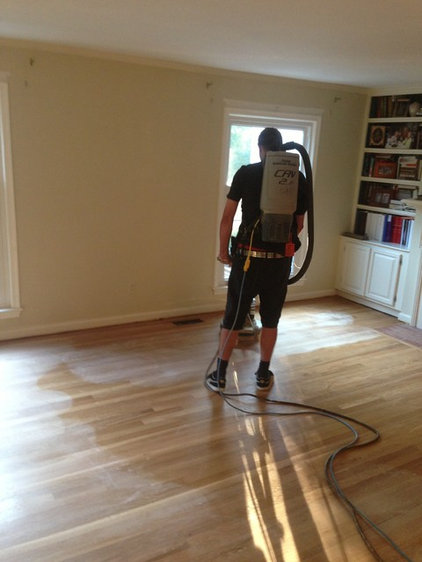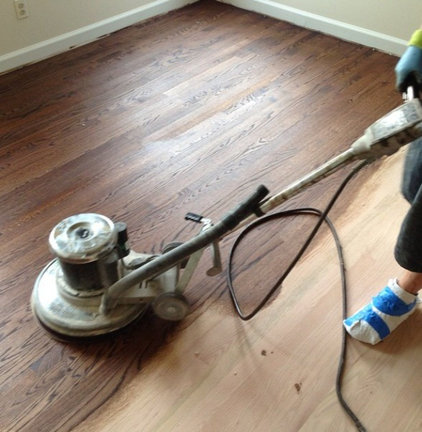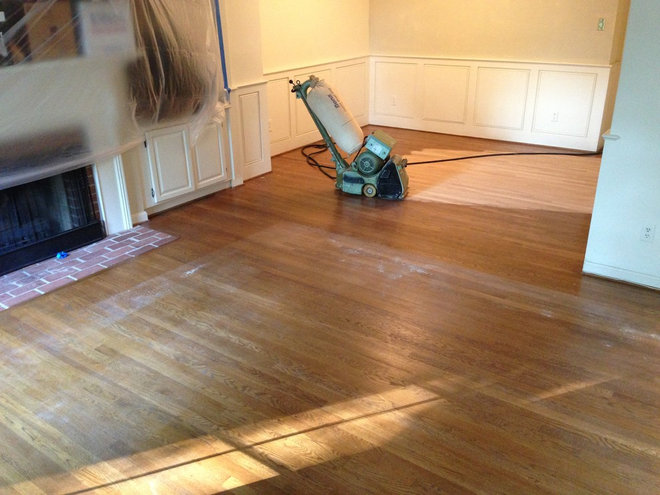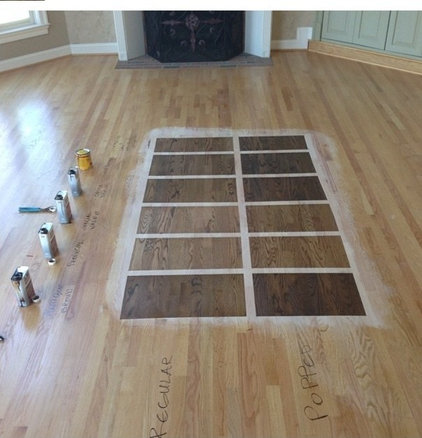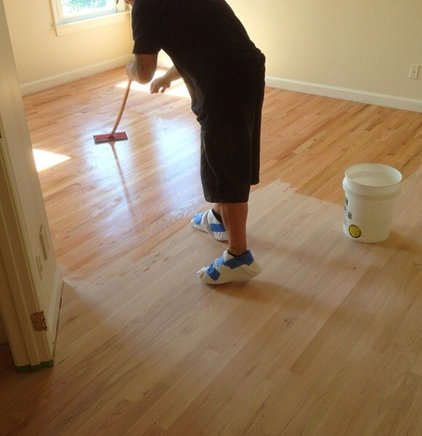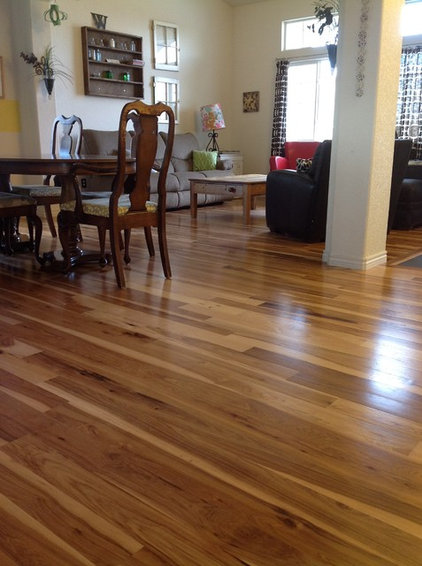What to Know Before Refinishing Your Floors
You need at least 1/32 of an inch of wood on the top of your floors to sand them. If your home has heat registers in the floor, remove a grille and take a sidelong look at the surrounding planks to see if that’s available. If that’s not possible, you can remove a plank from an inconspicuous location (like the inside of a closet) or ask a professional floor refinisher to appraise the situation. You can’t refinish laminated wood floors (such as Pergo); you might be able to refinish an engineered wood floor, depending on the finish and how thick the top layer of wood is.
Why: To restore the wood’s original appearance and shine, change its color or finish, or blend it with newly added wood.
Who to hire: A professional hardwood floor refinisher. You can either choose someone who specializes in refinishing or hire a hardwood floor installer, as most of them do refinishing, too.
Compile leads from friends, the Yellow Pages or online listings like Houzz, looking for professionals who have certification from the National Wood Flooring Association (NWFA). Read online reviews, gather leads, then call and ask:
- How long has the company been in business?
- Do they use a dust control system?
- What kind of polyurethane do they prefer?
“In the end you’re going to screw it up, and you’re going to pay more money,” warns Roland Arjukese, owner of Royal Oaks Flooring in the Washington, D.C., area. And don’t be seduced by offers from painters or handypeople, either, Arjukese adds. “People should look for a professional who’s only doing one thing,” he says. “You don’t go to a shoe repairman and ask him to do an eye exam.”
Plan on spending anywhere between $2.50 and $5.25 per square foot for sanding, staining and three coats of finish. If you live in an apartment building serviced by an elevator, or someplace where parking is a challenge, prices could double.
Permit: Not required.
Best time to do this project: You can refinish floors anytime. But if you’re planning on storing furniture outside while the work is being done, you’ll want to avoid rainy weather.
Alternatively, if you don’t want to go to the hassle and expense of refinishing the floors, consider having them rescreened. In this process a machine roughs up the existing polyurethane, then the floor is buffed and a new coat of polyurethane is applied. This is not to be confused with “sandless” hardwood floor refinishing, a less effective process that simply cleans the existing floor.

